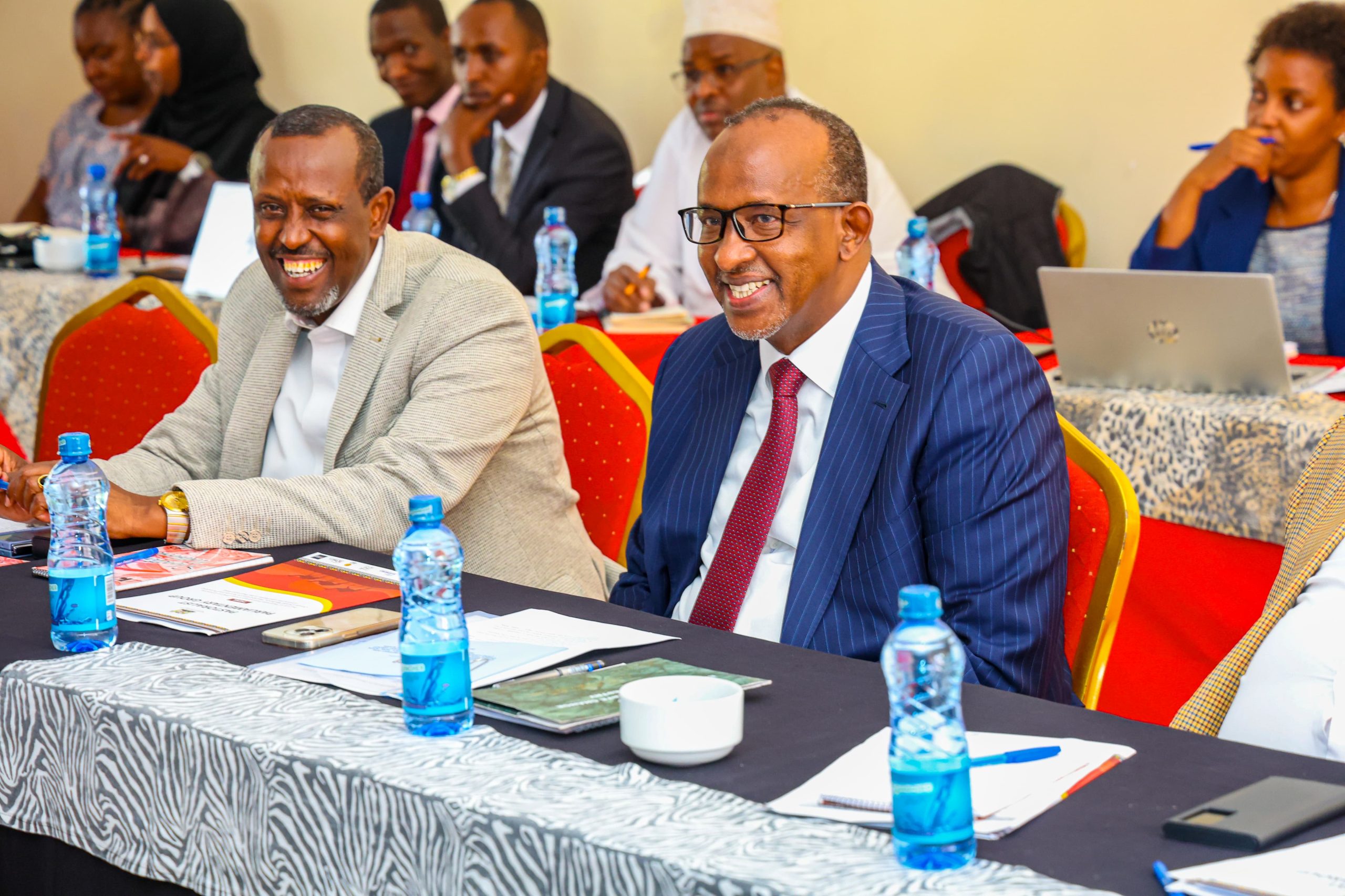The government recognizes the critical role of pastoralist communities, who inhabit the highly vulnerable Arid and Semi-Arid Lands (ASALs), in delivering its broad climate action mandate.
These regions have been disproportionately affected by the worsening impacts of climate change, with frequent cycles of heavy flooding and drought causing severe disruption to the livelihoods of pastoralists, who depend largely on livestock.
Climate change is also contributing to the degradation of Kenya’s natural resources through land degradation and biodiversity loss, further endangering pastoralist livelihoods.
Speaking at the opening of a two-day Pastoralist Parliamentary Group (PPG) Leadership Retreat at Machakos Hotel, Cabinet Secretary for Environment and Forestry, Aden Duale, outlined several initiatives his ministry is implementing to combat climate change in ASALs.
“At the heart of our efforts is the 15 Billion Tree Growing Initiative, which aims to restore 10.6 million hectares of degraded landscapes by 2032.
Pastoralist areas, which make up 88% of Kenya’s landmass, are central to this initiative,” said CS Duale.
“These regions are home to 70% of our livestock and 90% of our wildlife, and nearly half of the restoration targets focus on rangelands.”
He also highlighted the ministry’s commitment to tackling invasive species such as *Prosopis Juliflora* (Mathenge), which has infested 22 counties, and *Ipomoea hildebrandtii* (Oltiameleteti), prevalent in Kajiado County.
“By restoring these rangelands, we aim to create climate-resilient landscapes that support pastoralist livelihoods and contribute to national biodiversity conservation goals,” added CS Duale.
Accompanied by Forestry Principal Secretary Gitonga Mugambi, the Cabinet Secretary acknowledged the crucial role the PPG plays in shaping policies that address the unique needs of pastoralist regions.
He pledged to work closely with the PPG to strengthen regulatory frameworks around land tenure, resolve resource conflicts, and advocate for increased climate financing in ASAL regions.




